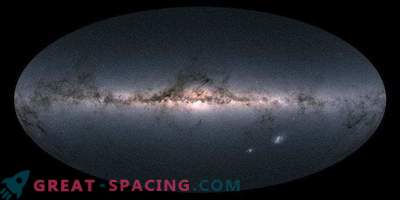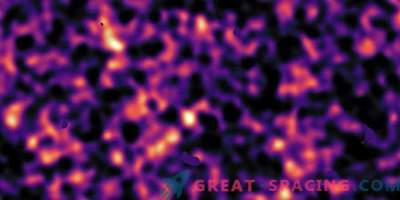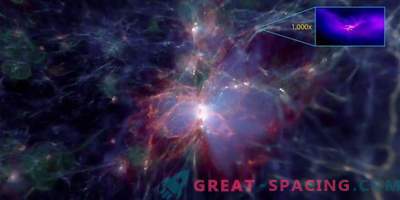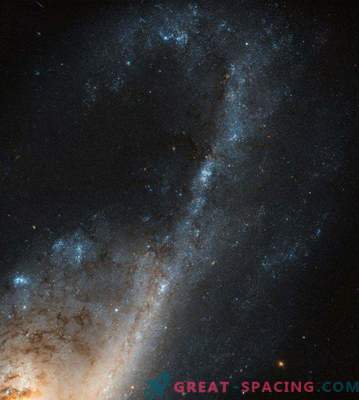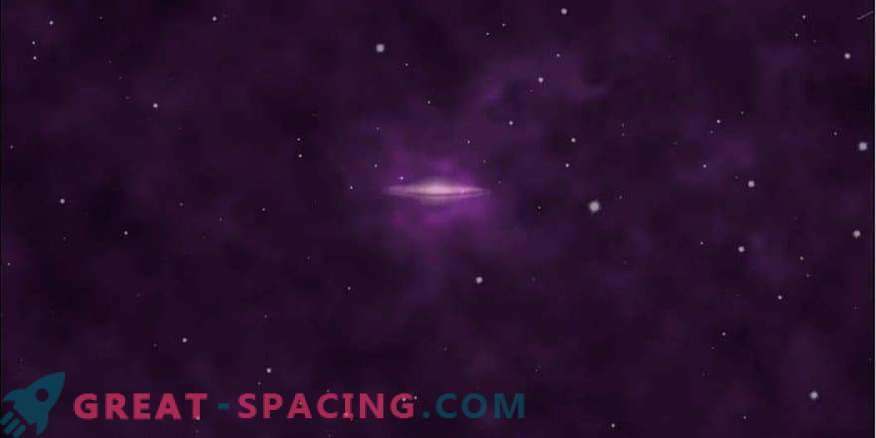
Search for galactic halos for “missing” matter
Scientists, using the XMM-Newton space observatory, studied gas-filled halos around galaxies to find the missing matter.
All universe matter exists in the form of “normal” or sad known and elusive dark matter. And the latter is 6 times more fertile. In recent years, scientists examining nearby galaxies have noticed that in those there is 3 times less normal matter compared to the Milky Way. It became a mystery over which the researchers puzzled.
Is it really not there or are we just not able to see it? If not, where did you go? It is important to solve the riddle, because the result affects the models of both the early Universe and the process of galactic formation.
The researchers believed that it might be located not in the main part of the galaxy, but in the area of the hot gas that forms the halo. These hot spherical halos were found earlier, but the area is so weak that the details are difficult to detect. The new study decided to use the XMM-Newton X-ray space observatory to measure hot gas at large distances. They studied 6 spiral galaxies and, on the basis of the data obtained, decided to derive a single galaxy with average characteristics. Massive and isolated spiral galaxies offer the best opportunity to search for dark matter. They are huge enough to heat the gas at millions of degrees, which leads to the creation of X-rays. In addition, there is no contamination from stellar birth or contact with other galaxies.
Still not found
The analysis showed that there is no hidden matter in the halo. Despite the extrapolation of almost 30 times the radius of the Milky Way, almost 3/4 of the expected material was still missing. This led to two main theories: it may be in a different gas phase, which is difficult to observe, or it is necessary to search within the limits of a spatial spot, which simply has never been monitored or emits too weak x-rays.
It is planned to add even more galaxies to the study and use XMM-Newton in collaboration with other high-energy observatories.

